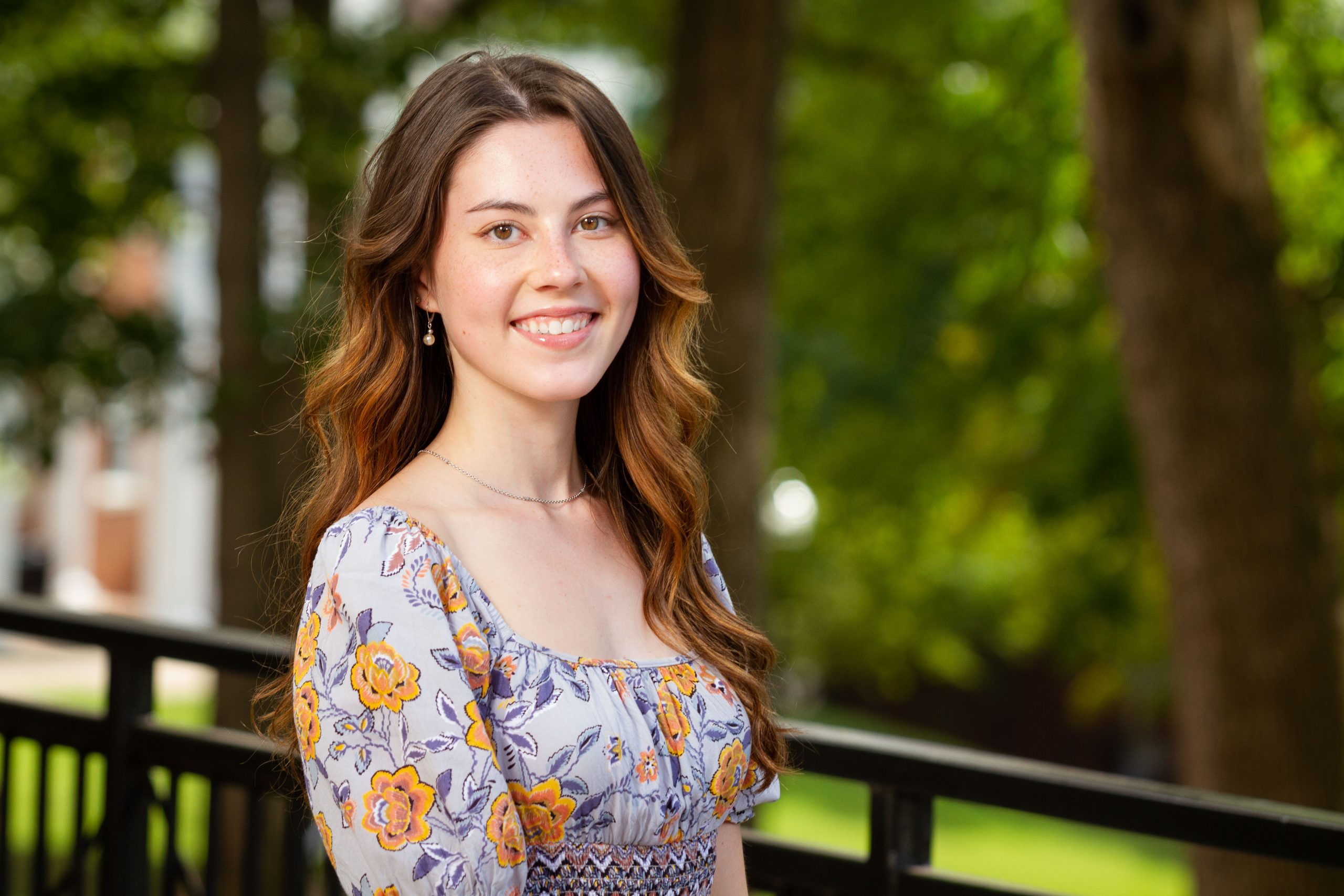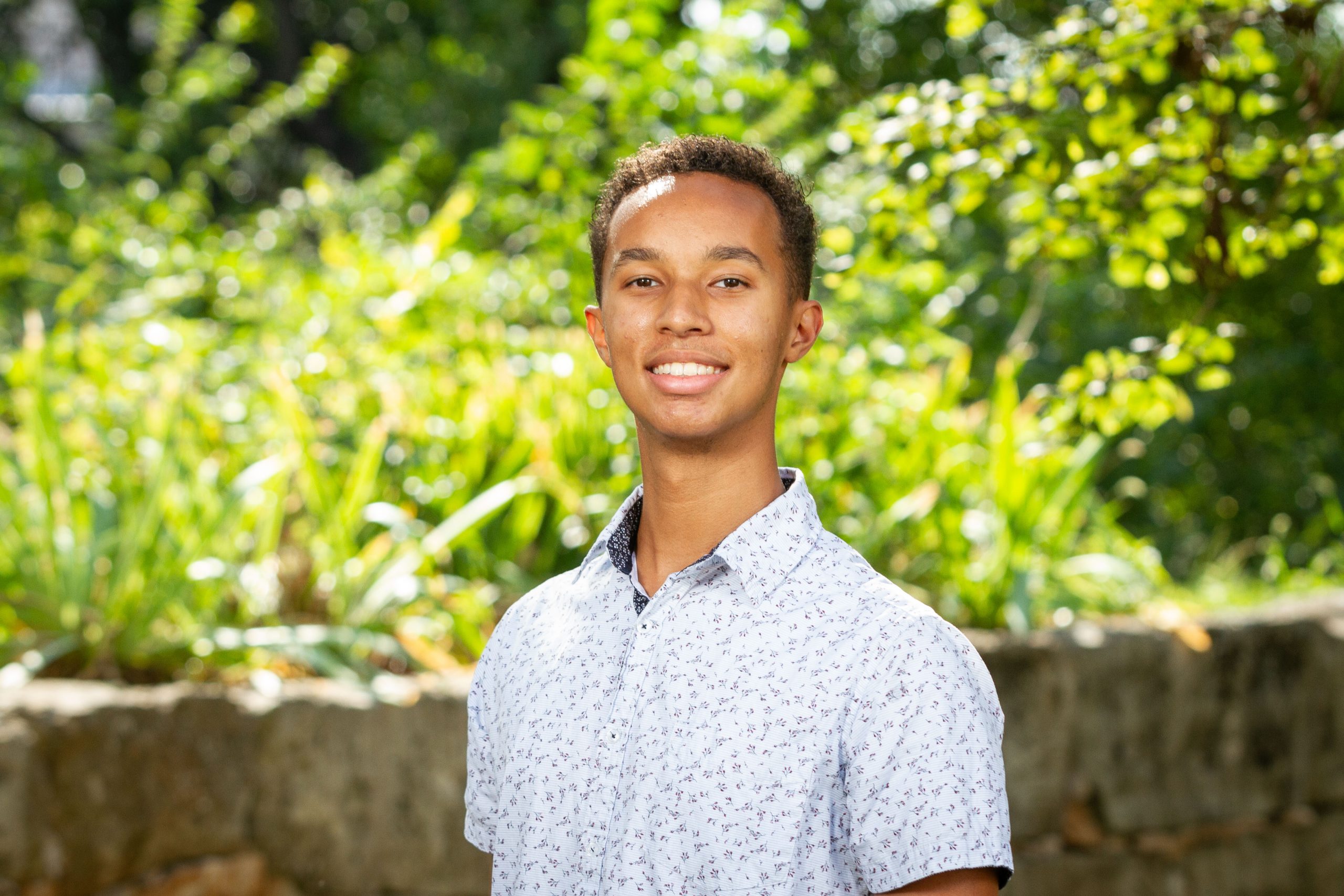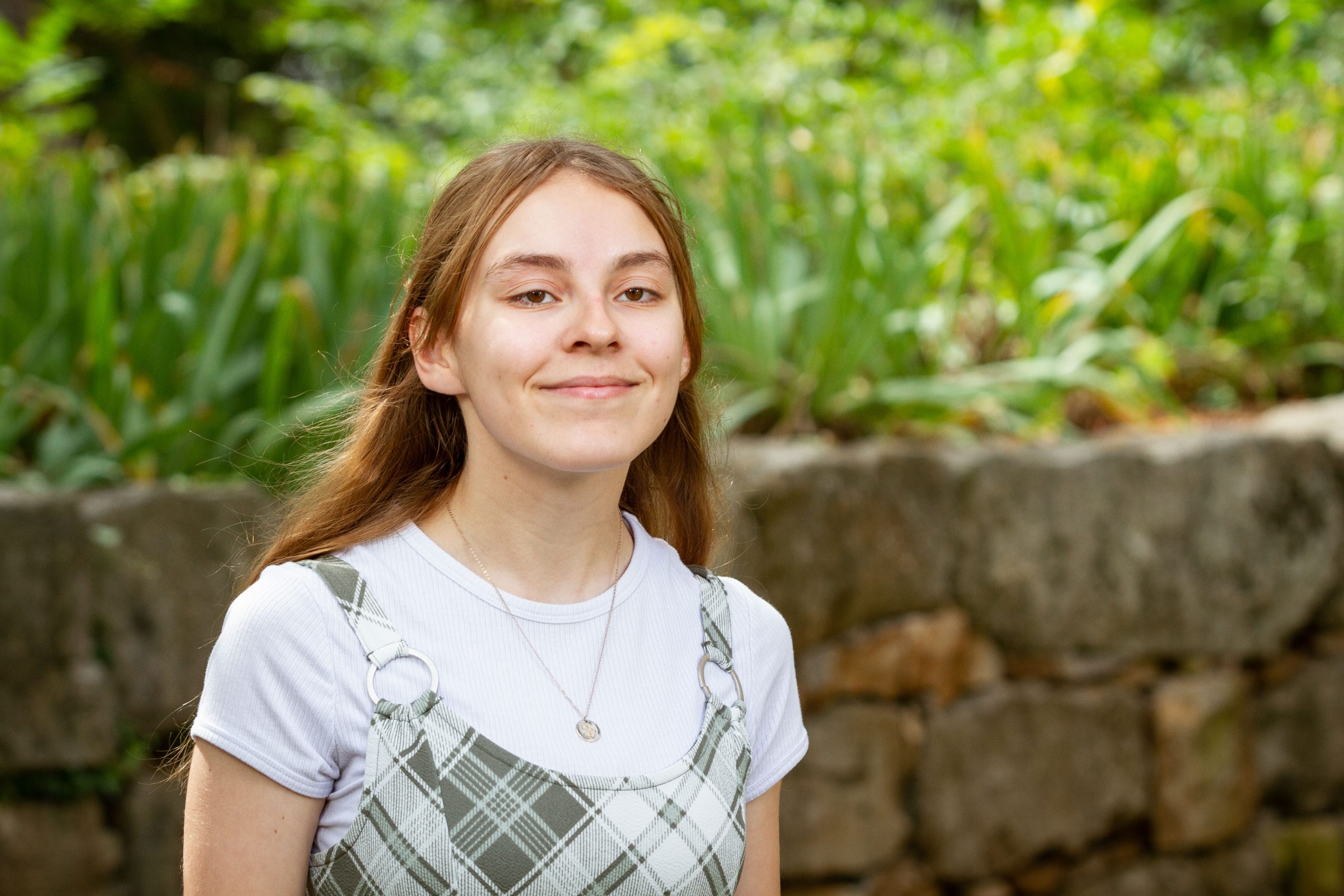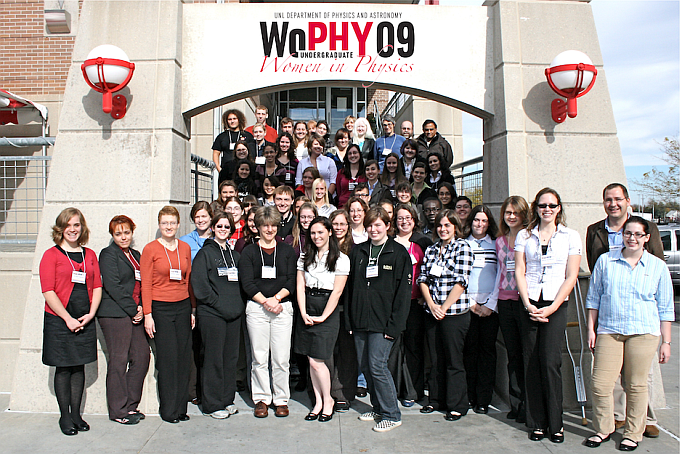
As cities move toward the future in an era of declining budgets, limited resources, and high demands for services, sustainability indicators is a tool some cities are using to set goals and assess progress toward building a more healthy and sustainable community.
Thomas Choate (Warren ’10), a student at the Gatton Academy of Mathematics and Science in Kentucky at Western Kentucky University, realizes the time for action is now.
After spending the summer conducting applied research under the supervision of Nancy Givens, Sustainability Programs Development Coordinator with the WKU Center for Environmental Education and Sustainability, Choate was invited to share his findings before the Bowling Green City Commission on October 20, 2009.
The presentation of this work to the Commission was arranged through City Manager Kevin DeFebbos.
Sustainability indicators recognize the essential links between the economic, social, and environmental aspects of a community, and are used to identify problem areas and develop solutions that impact all areas. For example, poor air quality (environmental) may affect asthma rates (social) and worker productivity (economic).
By improving air quality, cities can positively impact social and economic factors in the community as well. Within a sustainability framework “development is about improving aspects of the community and the environment that contains that community without detrimental effects to other aspects; it is not about growth beyond our means or growth at the expense of others or our environment,” said Choate.
Important criteria for sustainability indicators as identified Choate are that they be relevant to the community, easy to use by all members of the community, repeatedly measurable, and relevant to recent developments and available quickly enough that action to address change is possible.
Sustainability indicators may focus on education, healthcare, employment, environment, population, and transportation goals, among others. Some examples of sustainability indicators that have been used by other cities are ‘ratio of parks to population’ (per capita green space), ‘proportion of recycled materials diverted from landfill’, and ‘ratio of the average cost of a single family home to median household income’.
From his research, Choate concluded that The City of Bowling Green and the surrounding community should consider adopting goals toward a sustainable community and indicators to measure progress towards these goals; that by incorporating existing information and collecting new information, we can establish baselines for many factors which we may seek to improve through directed efforts in the future; and, that if the City doesn’t do so, it may find itself not taking full advantage of the opportunities it has to develop economically, environmentally, and socially for its citizens.
Even though Choate is sharing his findings, he realizes there is still a tremendous amount of work ahead.
“I intend to continue my work on sustainability indicators for the local area with the WKU Center for Environment Education and Sustainability,” Choate noted. “The next step toward Bowling Green adopting sustainability indicators is developing with the City Commissioners and other members of the community a set of indicators that will be relevant and feasible to assess with the resources the city is willing to commit to the project. Additionally, I am working with the WKU Department of Engineering to analyze the heating efficiency of buildings on campus using infrared technology.”
According to Choate, playing an active role in shaping public discussion on important issues should be a priority for all young adults. “As future leaders in our society, students have a responsibility to be involved in the processes that affect their communities,” Choate said. “The experience of presenting information, suggestions, and concerns to a government body is a relevant opportunity to those in all fields of study.”





